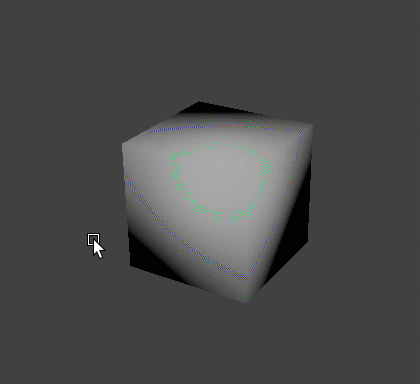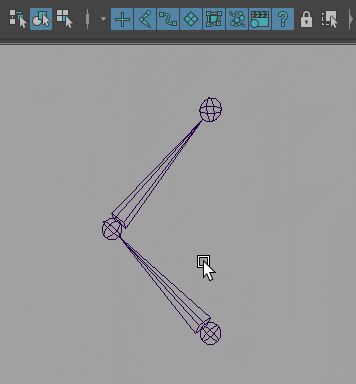Thanks @mje11even, that fits my impression of things so far. Selecting individual meshes within an opaque blob of meshes is next on my list, so that’s encouraging to hear it’s possible.
What I haven’t found yet is the ability to make components out of things other than what I found in the apiMeshShape example, such as that Local Rotation Axes component above, do you know whether this is possible? That would cover most of my needs, I would prefer to draw it myself, but suspect Maya has its own way of drawing components like it does with face centers and vertices etc.
Preferably, the components wouldn’t involve geometry at all, just transforms. The alternative I’m looking at is MPxContext, do you or anyone else have experience with that?
For future reference, I managed to find how to use apiMeshShape.py by running the MEL script found in the C++ equivalent of the example.
loadPlugin apiMeshShape;
createNode apiMesh;
createNode apiMeshCreator;
connectAttr apiMeshCreator1.outputSurface apiMesh1.inputSurface ;
sets -edit -forceElement initialShadingGroup |transform1|apiMesh1;



